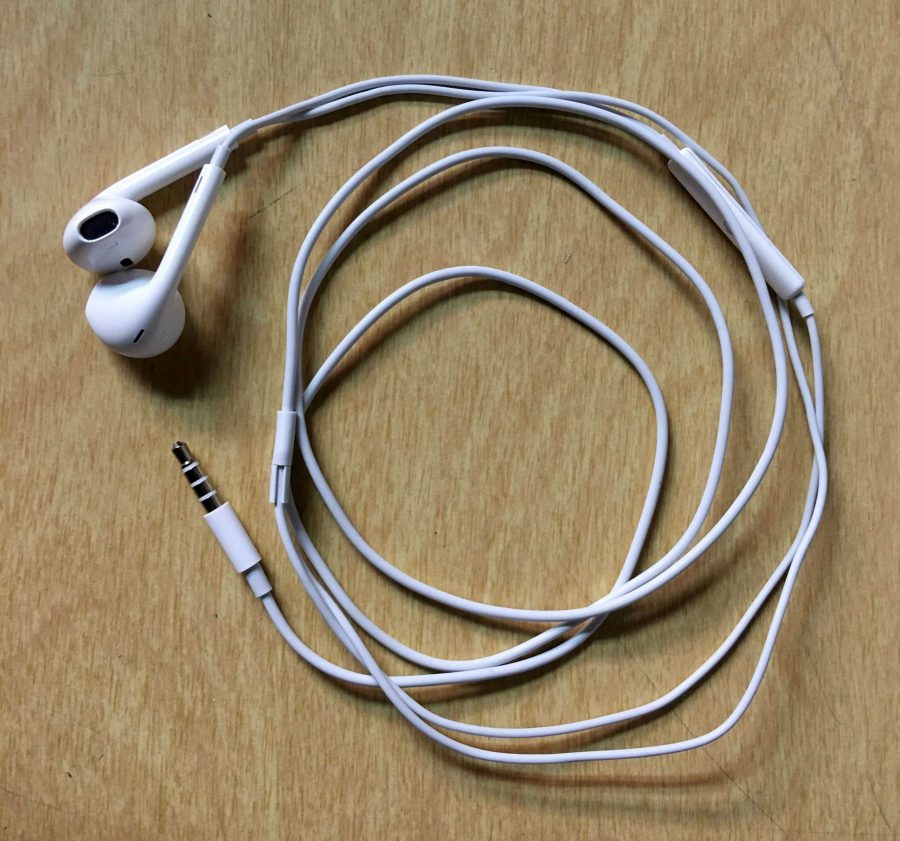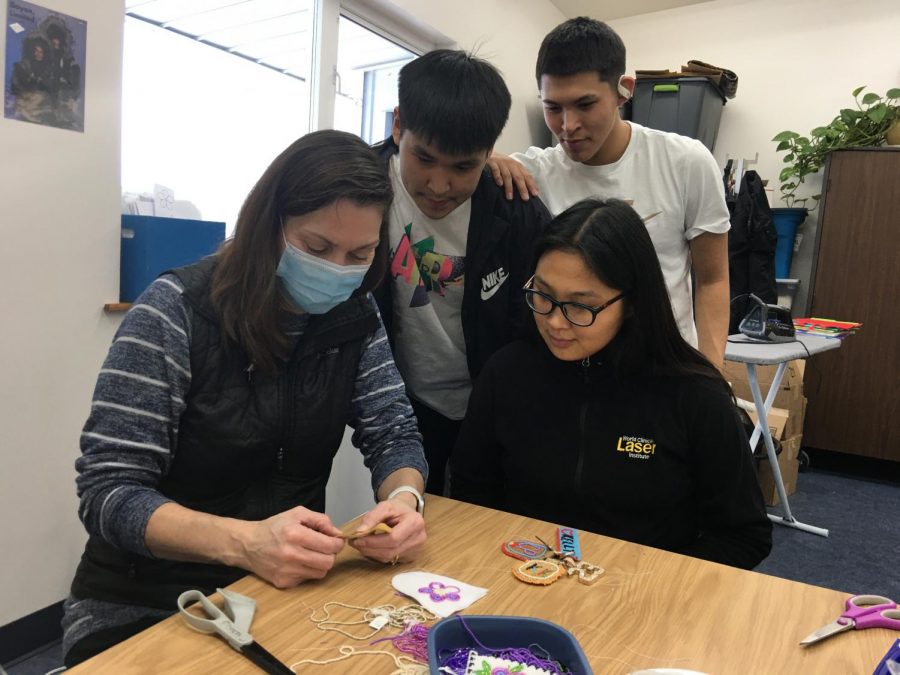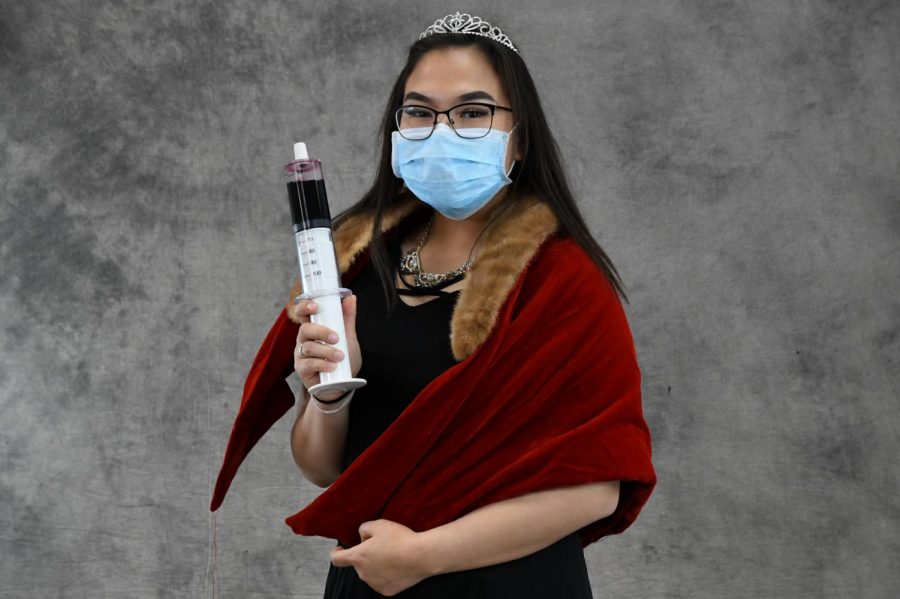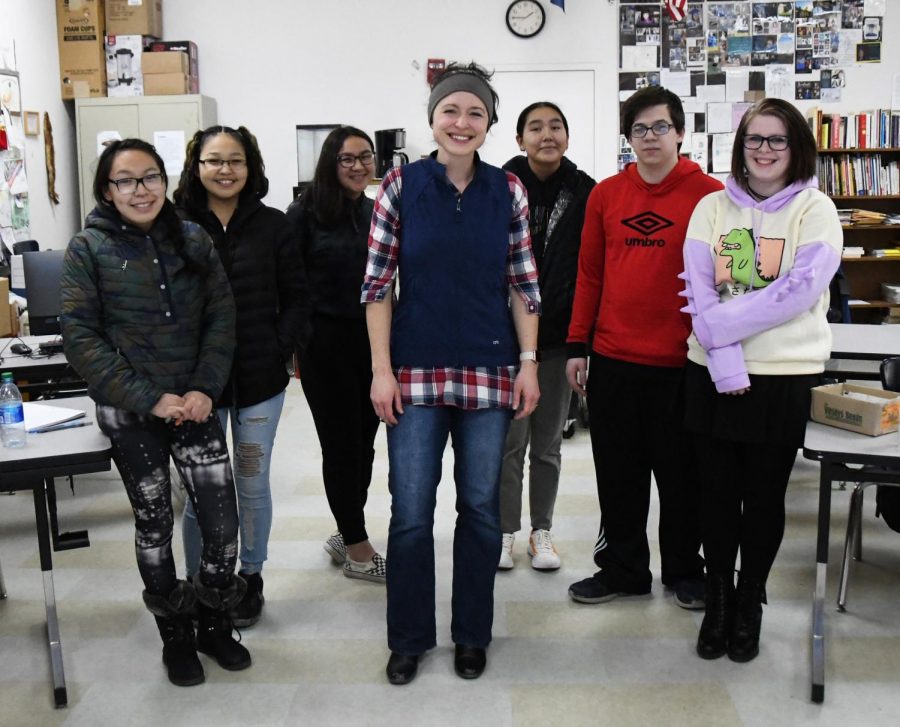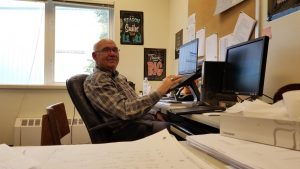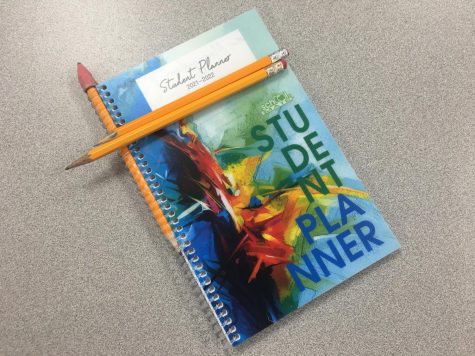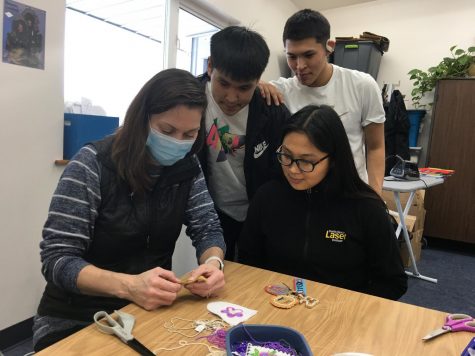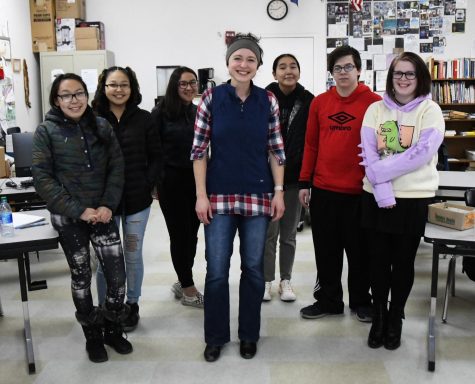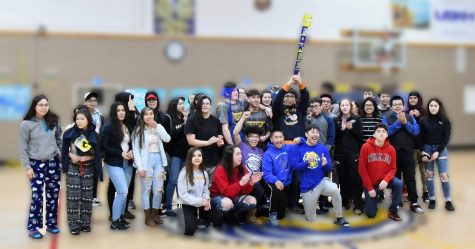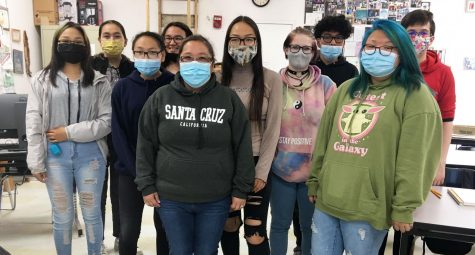Earbuds get hearing
Earbuds, such as these from an iPhone 6, were banned completely from all classes on Friday, causing consternation among some students and staff.
April 14, 2016
Galena teachers meet on Friday during their inservice to talk about new school policies banning earbuds and personal headphones in the classroom at all times.
Teachers and students were told on April 8 that earbuds were not allowed in any classes for any reason, even when the teacher had previously allowed it. In the weightlifting class that morning, the students went to GILA Principal John Riddle’s office saying they opposed the ban and that the earbuds were needed while working out. Since then, two letters signed by dozens of students have been sent to school administration stating that they were against the decision.
“Earbuds were all over the place, 24/7,” said Galena Supt. Chris Reitan in an interview on Wednesday. “Kids have them on at the time they arrive… all the way through class. Some of them are listening to music during direct instruction, which is against the student handbook.”
“I knew we needed to tighten things up and make a change.”
According to the student handbook, “use of personal electronic devices (PED’s) including cell phones, I-pods, etc. is not permitted during direct instructional time. Classroom use of PED’s for educational purposes is only allowed under direct and explicit permission of classroom teachers.”
Mr. Reitan said that staff will talk about how earbuds are part of the personal electronic device policy.
“We have to go back to what the policy says and do what’s right for our classrooms and make sure that kids hear instruction, kids can dialogue about content, and kids can do their work,” said Mr. Reitan.
Both letters written and signed by students strongly disagreed with banning earbuds completely.
“The decision to allow headphone use during class time should remain at the teacher’s direction,” stated one of the letters. “If a student is doing something with their headphones that interferes with the class or the teacher’s lectures of their academic abilities, teachers should immediately give the appropriate punishment, this can be the student being referred to an administrator or the whole class’ privileges regarding headphone use being repealed for as long as the teacher decides.”
Tristen Cook, a senior from Kake, said he’s heard both positive and negative feedback from his letter to administration opposing the ban on earbuds.
“I wrote the letters to facilitate change,” he said. “I don’t agree with the policies that the administrative team has now put place concerning headphones and their use. [I] want to get their attention so they will read the letter and understand that a number of students are opposed to this change of policy.”
“I suggest that anyone else who feels that any rules or policies that they feel need to change for everyone to make our learning experience here at GILA and on the SHS campus more enjoyable and more educational to bring these issues forward so they actually get changed.”
Students wrote that they believed the ban should have first required approval from the school board since it took away the ability of the teacher to decide how and when earbuds can appropriately be used in class.
“Anytime there’s a letter, the authors of the letter deserve an answer. I would expect that they receive one from the administration,” said SHS activities director Jon Buchanan. “We have a multitude of students who are listening to music with earbuds during class instruction which is impeding our ability to teach and their ability to learn.”
Mr. Reitan said he knew that there was a lot of dissatisfaction with the ban on all earbuds at all times.
“I know some kids and teachers are uptight about it. I think it’s time we determine what we want this to be. I would argue we’ve been going against policy by not enforcing it all year,” he said.
Mr. Reitan said there was a difference between the use of earbuds for personal use and using the headphones purchased by the school for classes such as video production which require students to listen to audio while editing film.
“We’ll work through this,” he said. “The students have been doing a good job. I have a student who emailed me wanting to have a meeting about earbuds and wanting to advocate for students being able to use earbuds during independent work time. I asked him, ‘Are earbuds a problem in your class?’ He said, ‘Yeah.’ ‘In which class?’ ‘All of them.’ He advocated for a purpose that he would like to see, but [it’s] also an issue we would like to address.”


